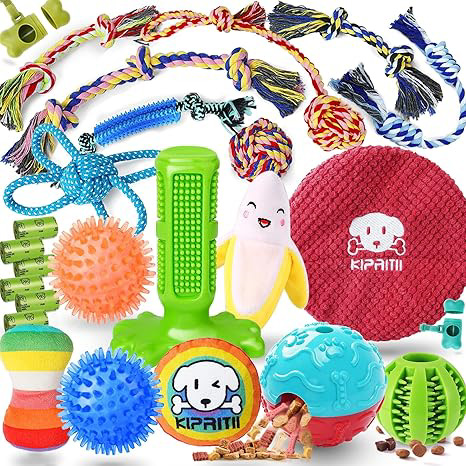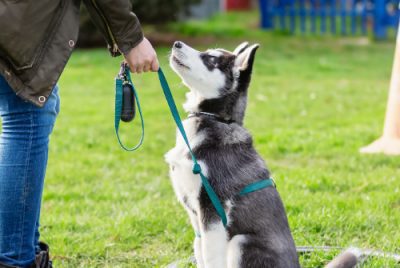Discover the Top 10 Most Friendly Dogs for Families Today
Post Disclaimer
We may earn a commission for purchases made using our links. Please see our Disclaimer to learn more.
Unveiling the Top 10 Most Friendly Dogs for Families
Key Highlights
Key Highlights:
- When picking out a family dog, consider the age of your kids, whether anyone has allergies, how much exercise the dog needs, and whether you’re ready to invest in training and care.
- Good family dogs can adapt well, learn quickly, and enjoy being around people and other animals. They also need patience.
- The top 10 breeds that make great family pets include the Golden Retriever, Labrador Retriever, Beagle, Bulldog, Boxer, Poodle, Newfoundland Collie, Cavalier, King Charles Spaniel, and Irish Setter.
- These types of dogs are known for their friendly behavior. They’re playful and love hanging out with everyone in the house. Plus, they can adjust pretty quickly to different living situations.
- -With daily walks or playtime outside, these furry friends also need games that make them think. This keeps them happy. And remember, having a pet means you’re in it for the long haul since many live up to 16 years.
Introduction
Adding a dog to your family is exciting. Dogs are loyal and fun. Choose a dog that fits your family’s needs. This blog lists the top 10 family-friendly dogs that get along well with kids and pets.
Consider your kids’ ages when choosing a dog. Some dogs are patient with little ones, while others prefer older kids. If anyone has allergies, pick a non-shedding breed. Consider everyone’s activity level – some dogs need more exercise than others.
Having a dog is a long-term commitment. Treat them like family members for over 16 years. Let’s explore the best ten breeds that will bring joy to your home, whether you have young children or teens ready for adventures.
The Ultimate Top 10 Family-Friendly Dogs
A few breeds shine when discussing dogs that are great for families because they get along well with kids, have a friendly attitude, and can adjust to various living situations. The American Kennel Club (AKC) considers these breeds the best family dogs. Let’s dive into the top 10 ultimate family-friendly dogs, including the best family dog breeds:
1. Golden Retriever
Golden Retrievers are often seen as the best dogs for families. With their friendly and gentle ways, they make great pals with kids and play nicely with other pets, too. They love to learn new things and want to make their owners happy, which is perfect for active families looking to include a dog in all sorts of fun activities. From playing fetch in the backyard to enjoying a swim, Golden Retrievers need lots of exercise and things that keep their minds busy. Their shiny golden coats and sweet nature have made them a favorite among those looking for a family pet, especially for families with older children.
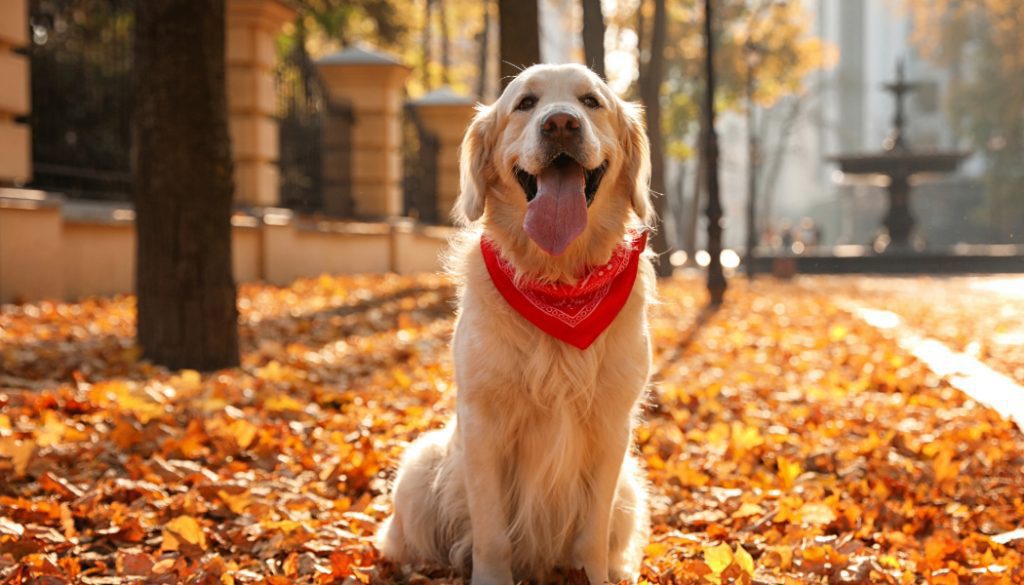
2. Labrador Retriever
The Labrador Retriever is a top pick for families. These dogs are intelligent, friendly, and can do many things well. They’re often seen as some of the brightest dogs and are easy to train. They make the perfect excellent family dog with their love for kids and getting along with other pets. Labradors like being active with their human families – whether playing outside or taking long walks together. They also love water and are great at swimming, which is fantastic for families who enjoy spending time by the beach or lake. Loyal and full of affection, Labrador Retrievers will fill any home with happiness and love.
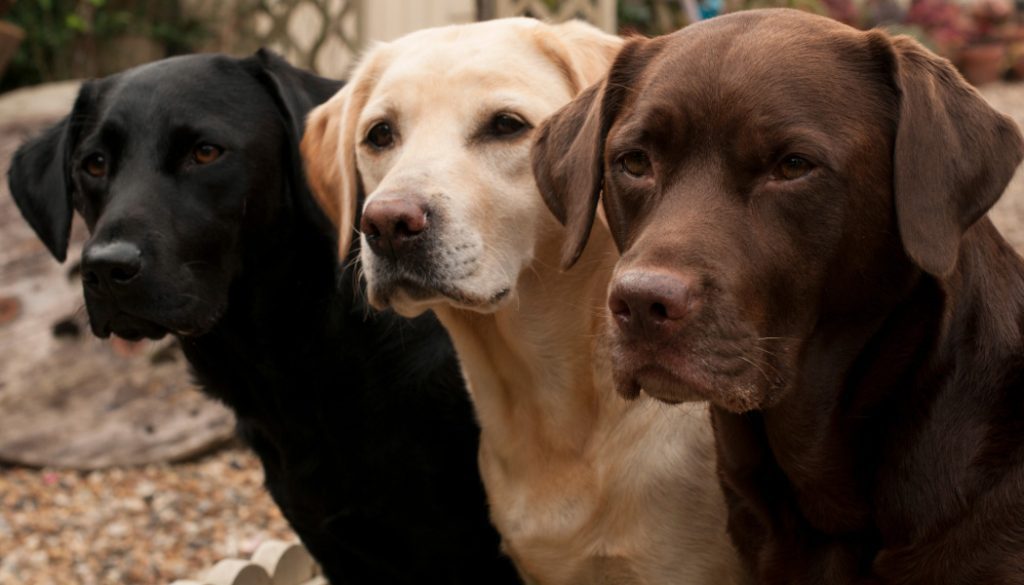
3. Beagle
If you’re hunting for a lively, small family dog, the Beagle might just be what you need. These dogs are full of energy and love being outdoors. They need plenty of exercises like walking, running around, or playing games to keep them content and in good shape. Even though they have lots of energy to burn off, Beagles are fantastic with kids and are wonderful pets for families. They’re super friendly and get along great with other animals, too. Beagles fit right in for those living in smaller spaces like apartments or townhouses because of their small size. With their fun-loving nature and affectionate demeanor towards everyone around them, adding a Beagle into your home is bound to bring joy all around.

4. Bulldog
Even though Bulldogs look solid and muscular, they’re super sweet and loving, which makes them excellent pets for families. People often call English bulldogs “gentile giants” because they’re chill and friendly. With kids around, these dogs are incredibly patient and don’t mind a bit of chaos, making them the perfect choice for families. Plus, Bulldogs aren’t the type to need lots of exercise – a big win if your place isn’t huge or doesn’t have much room outside for running around. They fit right into family life in smaller spaces like apartments without any fuss. Loyal to the core and always there with cuddles, their laid-back vibe is just what many folks want when looking for that ideal family dog who’s also a good fit for less active lifestyles.
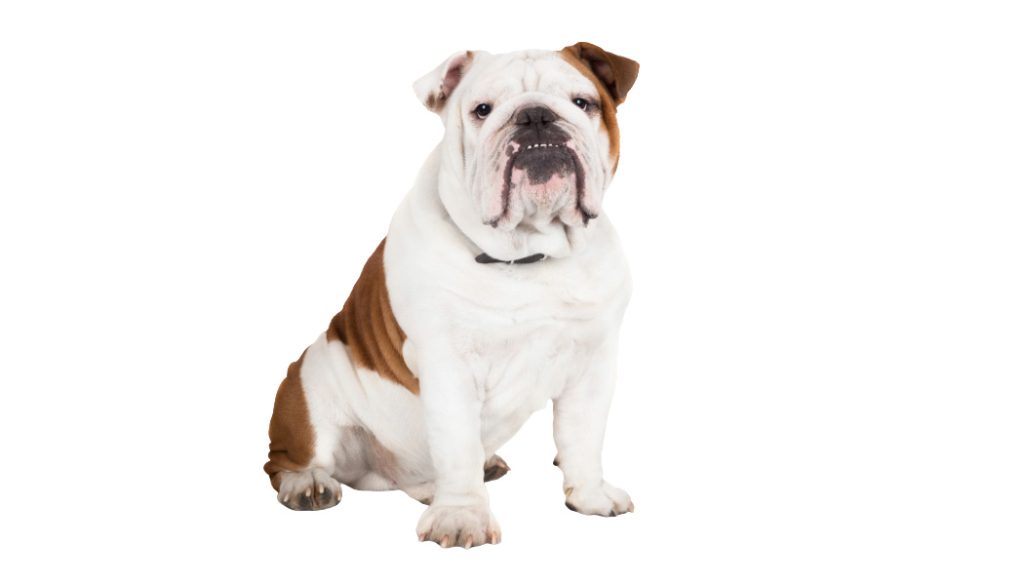
5. Boxer
Boxers are super playful and energetic, making them a blast for any family. They love hanging out with their human families, feeling just like one of the gang. With kids, they’re fantastic because they’re patient and always on guard to keep them safe. Pet parents must train their dogs not to jump up for attention patiently. These dogs stick by your side faithfully and are top-notch when keeping an eye on things at home. Regular playtime or walks are a must to keep a Boxer happy and in tip-top shape; however, they cherish most simply being part of all the fun family moments. Their cheerful and loving vibe will fill your home with happiness and laughter.

6. Poodle
Poodles are often seen as some of the most intelligent dog breeds and perfect for families. With sizes like standard, miniature, and toy, a Poodle fits just about any home or family size. These dogs are easy to train and do well in obedience and agility training. Poodles are an excellent pick for those with allergies because of their hypoallergenic coats. They’re friendly creatures who love hanging out with kids and other pets. To keep them happy, giving them plenty of exercise and mental stimulation is crucial so they don’t get bored. Luckily, they can adapt quickly whether you live in a big city or somewhere more suburban. Thanks to their smarts, loyalty, and friendly nature, Standard Poodles make a fantastic addition to any household.
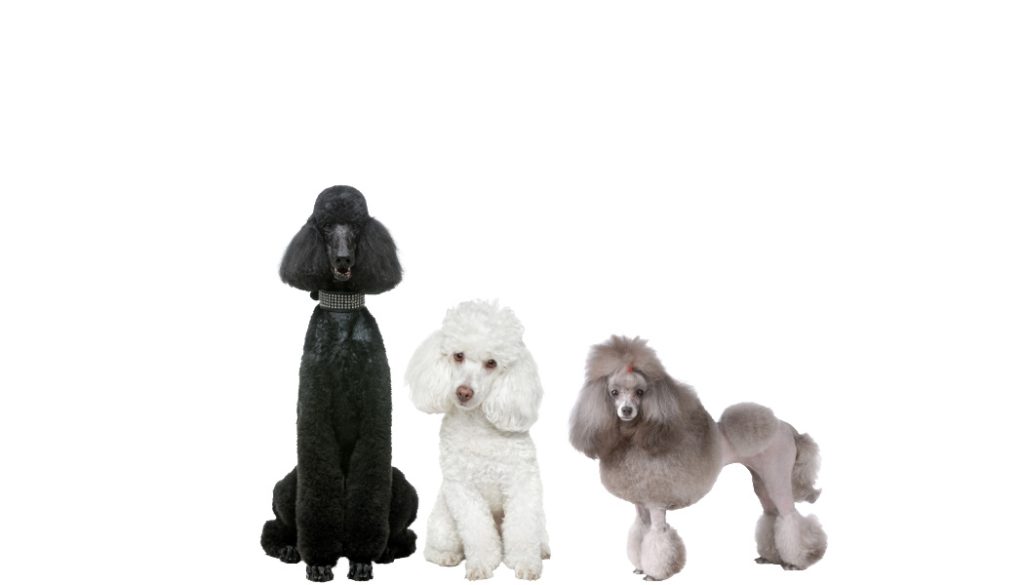
7. Newfoundland
Newfoundlands, often called gentle giants because of their enormous size and easy-going nature, are sweet despite looking scary. With kids, they’re super patient and kind. These dogs make fantastic family pets known as “nanny dogs” since they naturally look out for children. They’re excellent swimmers, too, and sometimes help with water rescues. While Newfoundlands like to get some exercise, they don’t need a ton of it – they’re pretty chill most of the time. They can fit in well whether you have lots of space or live somewhere near water. Because these dogs are so loving and soft-hearted, any family would be lucky to have them around.
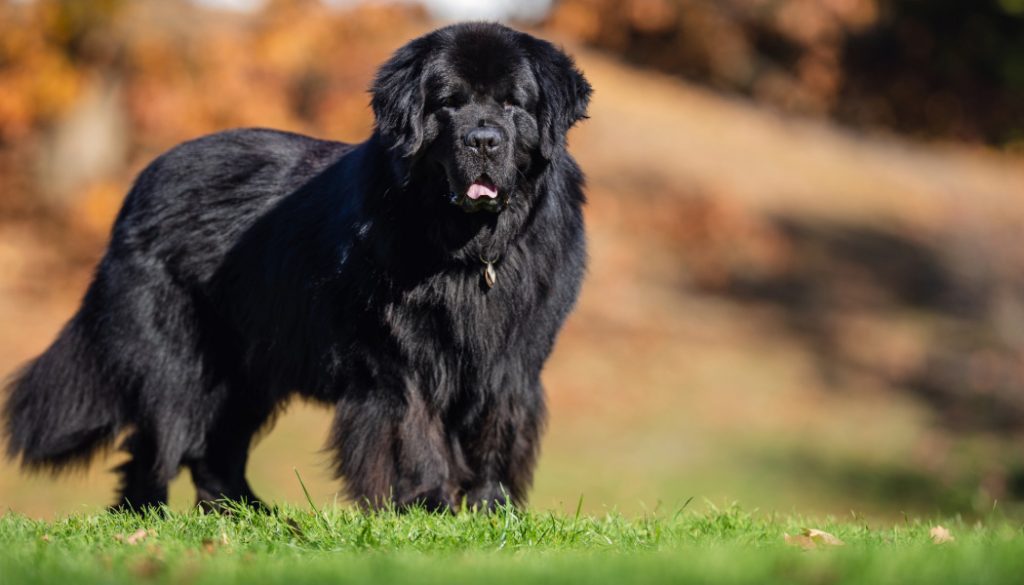
8. Collie
Collies are clever and loyal, ideal for families. They learn fast and excel in training that tests their intelligence and agility. With a calm demeanor, they’re great with kids, offering companionship. These dogs have herding instincts and may try to round up the family. To prevent boredom, Collies need mental challenges and physical activity. They thrive in active families who enjoy the outdoors. Assigning tasks makes them happiest as it aligns with their instincts. Adding an Australian Shepherd or Collie will bring happiness to households seeking a loving and loyal pet.
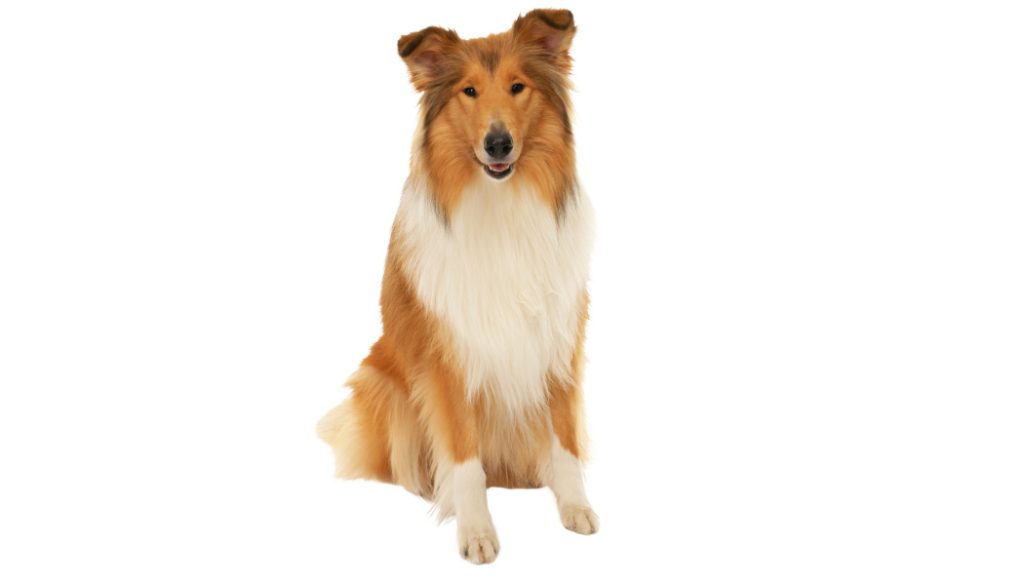
9. Cavalier King Charles Spaniel
Cavalier dogs are small and friendly, great for families with kids. They’re loving and gentle, perfect companions. They’re patient and kind with children, play nicely with cats, and adapt well to any home. Cavaliers enjoy exercise and cuddling at home, making them the perfect combination of active and affectionate. Their sweet and friendly nature makes them popular with both kids and adults.

10. Irish Setter
Irish Setters are the kind of playful dogs that fit perfectly with active families. They need to stay busy with regular exercise and things that keep their minds sharp, so they’re always happy and in good shape. With a sweet and intelligent temperament, Irish Setters make good companions for children who want a cheerful and rambunctious friend. On top of being super friendly, they can adjust well to different homes, making friends quickly with children and other animals. You’ll want to regularly take care of their stunning red coat to keep them looking great. For any family wanting a bit more fun and activity in their lives, Irish Setters are just the ticket.
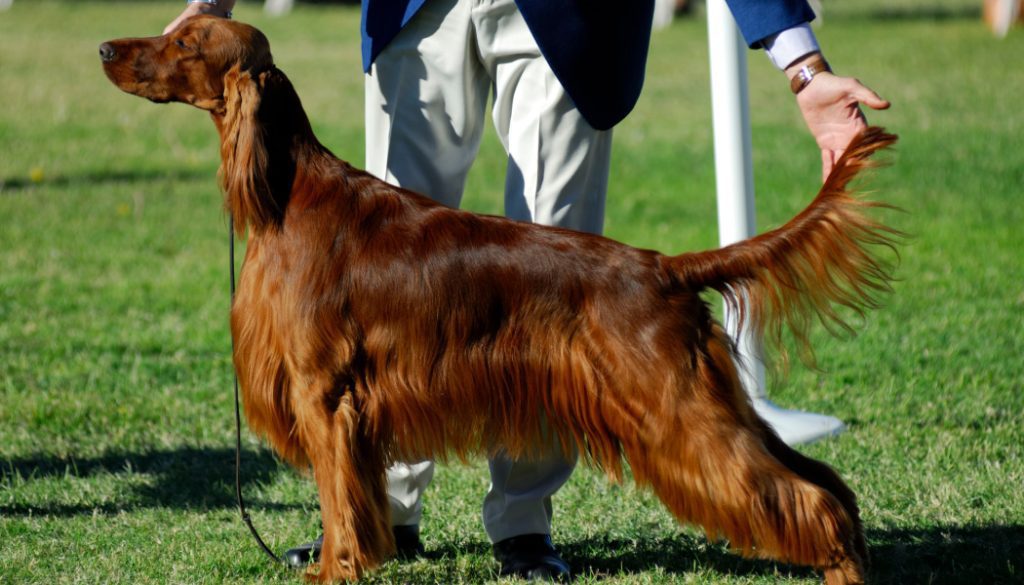
What Makes a Dog Great for Families?
When finding a dog for your family, consider traits like friendliness, adaptability, patience, and compatibility with kids and pets. Easy training is essential. Also, think about their energy level, exercise needs, and size. Regular play and love are vital for their well-being. Remember these points to choose the perfect family dog that fits your family’s lifestyle.
Characteristics of a family-friendly dog
When looking for a dog that’s great with families, there are some key things you should keep an eye out for. First, how a dog acts or its temperament is super important. A good family dog needs to be cool and calm around kids, adjust easily, and not get upset by the loud or unexpected stuff kids do. They’ve got to play nice with other pets, too, and some breeds may even make excellent guard dogs to protect your loved ones from danger.
In addition to having a chill attitude, your family dog must fit into your daily routine when it comes to getting its zoomies out. Ensuring they get enough physical activity daily keeps them healthy in body and mind.
Speaking of minds, dogs need brain games just like we do! Keeping them busy with puzzles that make them think or teaching them new tricks helps keep their brains sharp and can stop naughty behavior before it starts.
By keeping these points in mind—temperament matching yours, making time for walks or runs, and giving plenty of chances for mental workouts—you’ll find yourself picking out a friendly puppy who will fit right into your home life as part of the team.
Importance of temperament and energy levels
When picking out a family dog, it’s critical to consider its behavior and energy. How a dog behaves around people and other pets is temperament. You’ll want a friendly, patient dog who knows how to behave with others.
Energy levels vary from one family to another. Some might love having an active dog that needs plenty of exercise and playtime. On the other hand, some families might be happier with a calmer pooch who’s fine just going for walks every day.
For those with young or small children at home, finding a breed known for being gentle and tolerant is crucial. This ensures the pet can deal well with kids’ lively ways without getting too stressed or snappy.
Ensuring your new furry friend fits in well with your household routine and meets your kids’ needs will improve everyone’s relationship.
Preparing Your Home for a Family Dog
Before getting a new pet, prepare your home. Get food bowls, a bed, toys, a leash, and grooming tools. Create a safe space by using baby gates, securing wires, and keeping harmful items away and plants out of reach. This preparation ensures a welcoming and safe environment for your new family member upon arrival.
Essential supplies for your new pet
When you get a new pet, ensure you have all they need. Get bowls for food and water, a comfy bed, toys, a leash, a collar, brushes, and nail clippers. Bowls should be sturdy and easy to clean. Choose the right size based on your pet’s size. A cozy bed gives them a safe and relaxed spot in your home. Toys entertain and exercise their brain.
A leash and collar are crucial for outdoor safety, and regular grooming with proper tools keeps your furry friend looking good. Get these items before bringing your new pet home to help them feel welcome.
Creating a safe environment for kids and dogs
Safety and happiness are crucial when a new dog joins a family with kids. Kids must be gentle and respectful around the dog, avoiding being too rough or grabbing its ears or tail.
Supervising children around the dog is essential to ensure everything goes smoothly, especially with little ones running around. Teaching kids to behave and setting up a safe home environment is vital.
Using baby gates can restrict access to certain areas, safeguarding both the pet and children. Keeping hazards like loose wires out of reach prevents accidents that could injure the dog.
Creating a safe space and educating kids on proper interaction with their new dog ensures everyone can enjoy each other’s company securely.
Training Tips for Your Family Dog
It’s super important to train your family dog the right way. Basic obedience training teaches simple commands like sit, stay, and come. This ensures your dog listens to you, shows you’re in charge, and helps you get closer.
Socialization strategies involve getting your dog used to meeting different people and animals and being okay with new places from a young age. This makes them more relaxed and less likely to be scared or mean in new situations.
By putting in the time to train and help your family dogs get used to various environments early on, you’ll have a well-mannered pet who fits perfectly into your home life.
Basic obedience training
Teaching your family dog the basics of obedience is super important. It’s all about showing them how to follow simple orders like sit, stay, and come. Doing this doesn’t just ensure they behave well; it also puts you in charge as the pack’s leader and helps create a strong connection between you two.
Training, giving treats, saying a good job, and handing out rewards work wonders because they keep your dog happy and eager to learn. Being steady with your methods and patience are key since dogs pick up on things through lots of repetition and these positive vibes.
Investing time in basic training will result in a family pet that listens well and is great to be around.
Socialization strategies for family pets
It is essential to train your pet dog to be friendly. Introduce it to many people, pets, and places early on. This will help them feel comfortable, less fearful, or aggressive in new situations.
To socialize your dog:
- Let them meet folks of all ages.
- Allow supervised play with other dogs.
- Walk them in new areas for exposure.
Gradually increase the challenges during these outings. Start easy and progress as they adjust. Reward good behavior with treats or praise to reinforce positive actions.
By doing this well, your furry companion will grow up happy, confident, and a beloved family member.
Health and Wellness for Your Family Dog
Taking care of your dog’s health is crucial. They need regular vet visits, a good diet, and exercise.
Visiting the vet ensures their well-being. They receive shots, check-ups, and flea/tick prevention.
Feeding them properly provides energy and nutrients. Consult the vet for the best food.
Exercise maintains physical and mental fitness. Daily walks or playtime prevents weight gain and promotes overall well-being.
By prioritizing vet visits, a good diet, and daily exercise, you can ensure many healthy years with your family pet.
Regular veterinary care for lifelong health
Taking care of your family dog means ensuring they get regular vet visits. These visits are vital for keeping them healthy throughout their life. During these check-ups, the vet looks over your dog’s health and can spot any problems early on. They’ll also advise you on how to feed and exercise your dog correctly.
With vaccinations, like those against rabies or distemper, your dog is protected from some pretty serious illnesses. The vet will determine your dog’s shots based on age and lifestyle.
Then there’s stuff like flea and tick prevention—it keeps away those annoying bugs that could make your pet sick. Your vet knows which products best keep pests off your family dog.
So, by sticking with a routine of veterinary care, you’re helping ensure that your furry friend stays happy and healthy for years to come.
Diet and exercise tips for a happy, healthy dog
Focus on what your pet eats and how much it moves to keep it happy and healthy. For their diet, ensure you provide suitable food based on their needs. Consider factors like age, breed, and health issues. Consulting your vet can help you feed them correctly.
Regarding exercise, ensure your furry friend stays active daily to prevent weight gain and keep their heart healthy. Tailor the amount of exercise based on their breed, age, and energy levels. Your vet can assist in creating the best activity plan for them.
By following these tips—providing a balanced diet and enough exercise tailored to your pet—you’ll help them stay joyful and active.
Conclusion
Wrapping things up and picking out a friendly family dog that fits well with your home life is essential. It changes how everyone gets along at home. To ensure you and the new furry friend live happily together, it helps to know what different dogs are like and what they need. Getting your place ready for them, teaching them how to behave, and keeping an eye on their health will help build a great bond between your pet and the rest of the family. The perfect dog can fill your house with happiness, love, and many fun moments for years. So choose wisely by thinking about what goes best with how your family lives.
Frequently Asked Questions
Which dog breeds are known for being the most patient with children?
Some dog breeds are good at being patient with kids. These include Labrador Retrievers, Golden Retrievers, and Bernese Mountain Dogs. They’re known for their friendly nature, gentleness, and ability to get along with children of all ages.
How can I teach my kids to interact with our new dog safely?
Show your kids how to be calm and gentle around the dog. They shouldn’t play rough or tug on the dog’s ears or tail. Always watch over any time the kids and the dog are together, ensuring clear rules for both sides to follow.
Are there hypoallergenic dog breeds suitable for families?
Indeed, some dog breeds are considered hypoallergenic and are great for families. Instead of fur, these dogs have hair, which leads to them producing fewer allergens. Poodles, Bichon Frises, and Portuguese Water Dogs are among these hypoallergenic breeds.
What should I consider when adopting a dog for a large family?
When considering getting a dog for a big family, it’s essential to consider how much energy the dog has and how big it is. You should pick a type of dog that won’t get overwhelmed by all the hustle and bustle of a busy household and will have enough room to move around freely.
How do I handle a dog’s energy levels in a small living space?
When you’re living in a tight spot, picking a dog breed that matches the energy vibe of your home is key. For those pups with lots of zip and zest, making sure they get their regular walks, some brain games to keep them sharp, and plenty of playtime are crucial for their well-being. By giving them ways to burn off steam through physical activity and fun tasks, even in small spaces, you can help ensure they stay content and healthy.
Can older dogs adapt well to a family with children?
Older dogs often get along great with kids, especially if they’ve been around them before and had good experiences. When considering bringing an older dog into your home, it’s key to look at how energetic the dog is and whether its personality will be a good match for your family. With the proper training and someone keeping an eye on things, you can ensure the dog and your children have a happy relationship.
What are the steps to introduce a new dog to my family?
When thinking about bringing a new dog into your family, it’s really important to take some time and think things through. For starters, when your family first meets the new dog, try to do it in a place that doesn’t belong to anyone yet – like a park. It’s also key to help them learn how to behave and get along with others. Making sure they have a safe space at home, setting up regular routines for things like meals and walks, and giving them plenty of time to get used to their new surroundings are all crucial steps for ensuring everything goes smoothly with your new furry friend.


